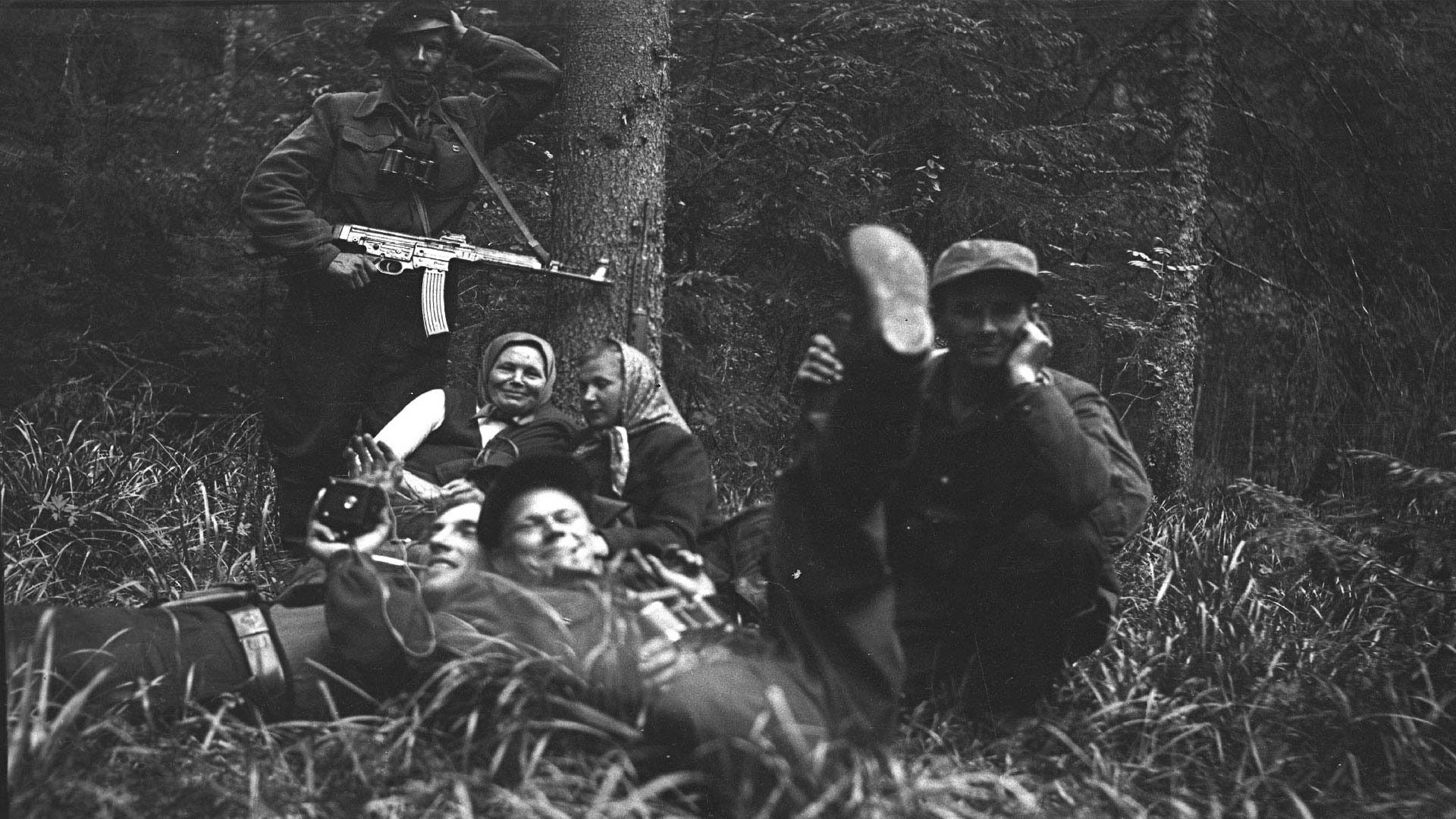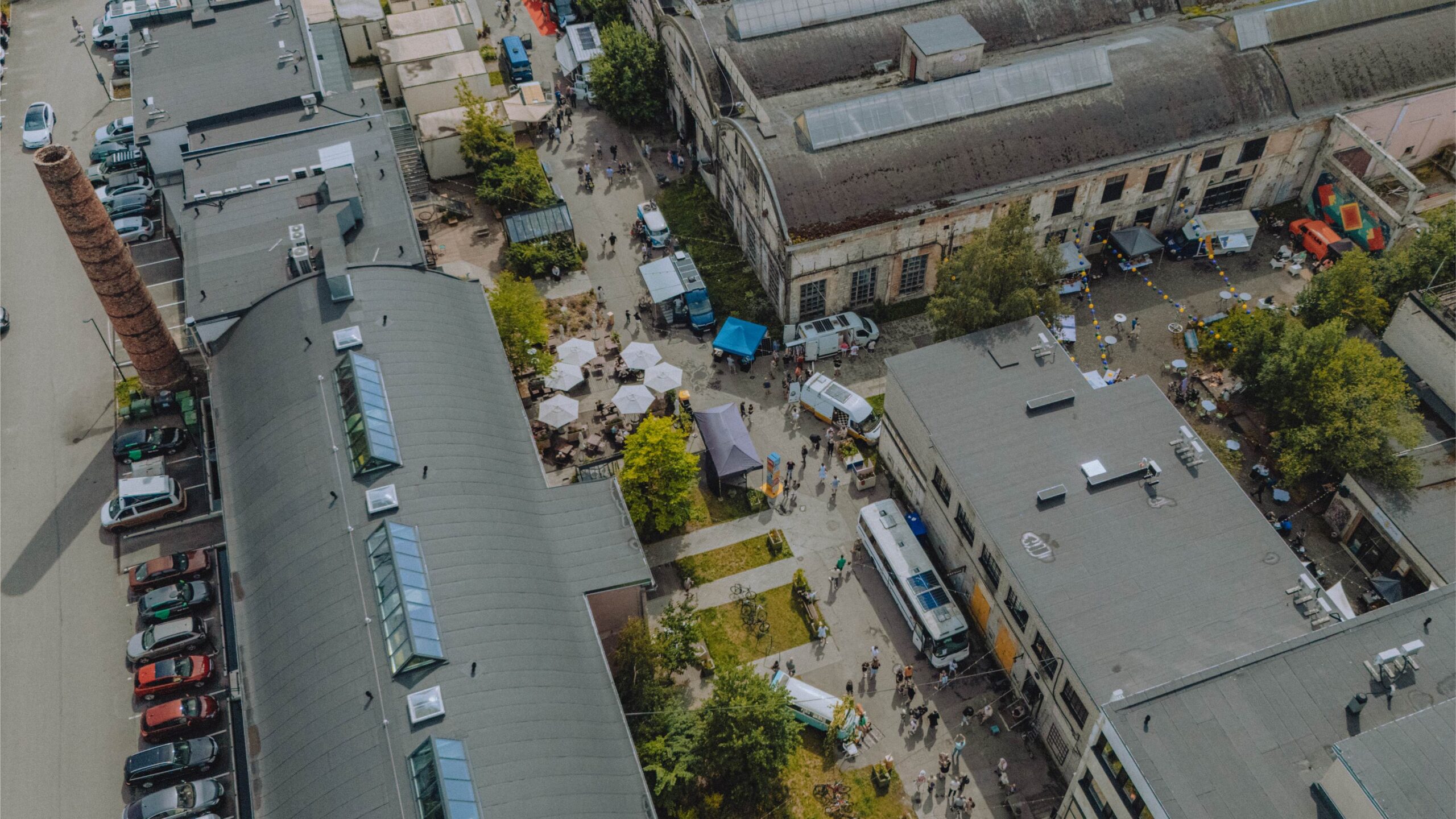But recorder?! The earliest known document mentioning “a pipe called Recordour” dates from 1388. “The instrument name “recorder” derives from the Latin recordārī (to call to mind, remember, recollect), by way of Middle French recorder (before 1349; to remember, to learn by heart, repeat, relate, recite, play music) and its derivative recordeur (c. 1395; one who retells, a minstrel). The association between the various, seemingly disparate, meanings of recorder can be attributed to the role of the medieval jongleur (Estonian žonglöör, minstrel) in learning poems by heart and later reciting them, sometimes with musical accompaniment.” (Wikipedia)
The plokk/flööt was the original Western flööt. Until the latter half of the 18th century, the Baroque period in musical history, the name “flute” always meant recorder. To differentiate it, the transverse (side-blown) flute was called, in Italian for instance, flauto toraverso, the horizontal flute – Estonian põikflööt. Until the transverse flute overtook the recorder in popularity once again.
The clear sound, described as pure and lyrical, was well loved in the Renaissance period and was used to perform the lead, accompanied by string instruments with a refined, gentle timbre, such as the lute (Estonian lauto) and viola da gamba, predecessor of the tšello. It was often played in churches and royal palaces, and due to its associations with angels, appears in many works of art.
One source states the plokkflööt was first used in schools in Japan in 1959. It is now used in music education the world over as many children's first instrument. Composers who have written for the recorder include Monteverdi, Lully, Purcell, Handel, Vivaldi, Telemann, Johann Sebastian Bach, Paul Hindemith, Benjamin Britten, Leonard Bernstein, Luciano Berio, and Arvo Pärt.
Riina Kindlam, Tallinn




